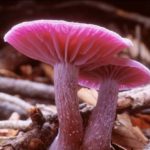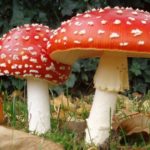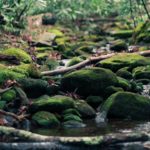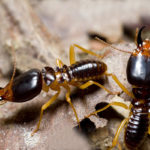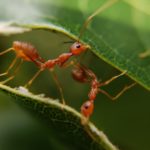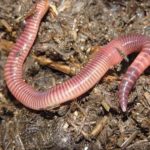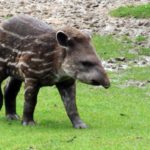Mushroom Scientific Name
Mushrooms look like little umbrellas growing in the ground. The scientific name of the mushroom is Agaricus bisporus. You find them in woods and fields, particularly in the autumn. Mushrooms and toadstools are among the commonest and certainly, the most obvious members of a much larger group of plants called the kingdom of fungi. In common with all other fungi they have no chlorophyll and, as a result, are unable to make their own food (see Photosynthesis). Most live as saprophytes – that is, they extract their food from dead organic matter such as wood or soil humus. Some species, however, are parasites and get their food from living organisms.
The familiar umbrella you see is only a small part of the whole fungus. Most of it lies beneath the ground or buried deep in wood and consists of a mass of thin threads. The umbrella is merely the structure that bears the spores and is often called the fruiting body of the fungus. Spores are the means by which the mushroom or toadstool reproduces itself. It is important that the spores do not germinate near the parent plant, or many will perish. For this reason, the fruiting body appears above the ground so that wind currents will bear the spores far away.
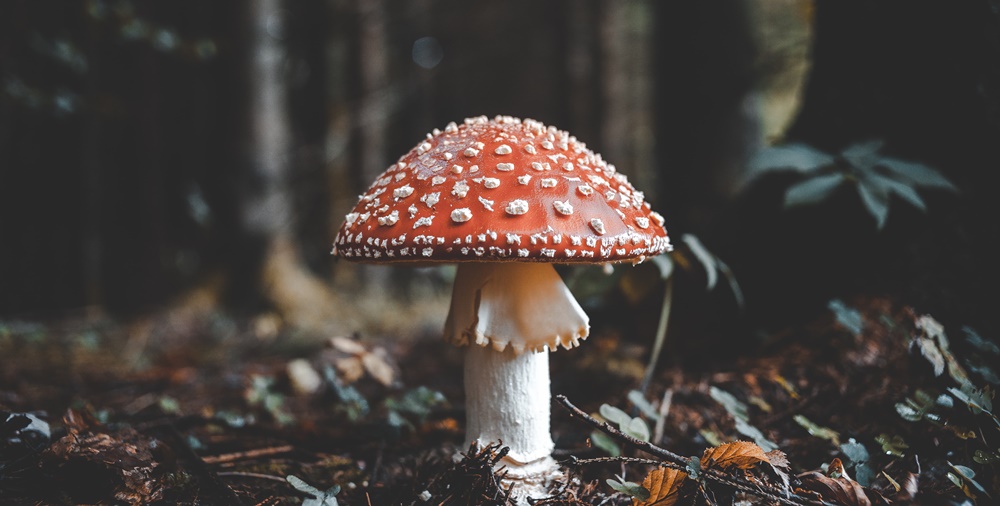
The fruiting body bears the spores on a special layer of cells called a hymenium. There are several families, based upon the arrangement of the hymenium. In the Agaricaceae, to which typical mushrooms and toadstools belong, the hymenium is distributed over a number of plates called gills. The gills hang down from the underside of the umbrella and fan out from the center like the spokes of a bicycle wheel. The corrugation caused by the gills greatly increases the surface of the hymenium and means that it can house far more spores than it could if it were flat. The top of the umbrella keeps the rain off the spores, while the stalk holds the hymenium well up to catch the wind. Some toadstools have pores on the underside of the cap rather than gills.
As we mentioned above, the mushroom scientific name is Agaricus bisporus and they play an important role in the development of new biological remediation techniques.
The fruiting body develops as a little ball beneath the ground. It then absorbs water and bursts out of the soil. The hymenium is commonly covered by a skinlike veil, which stretches from the rim of the cap to the top of the stalk. When the cap expands, the veil splits, leaving a little ring around the stalk. You can see this on a mushroom. The fruiting bodies of some species are completely enclosed in a membrane before they burst above the ground. The ruptured jacket then remains as a cup around the bottom of the stalk. A very poisonous toadstool called the death cap has both a ring around the top of the stalk and a cup at the bottom. Although many people pick wild mushrooms nutrition there are many poisonous species, and only an expert should collect wild mushrooms nutrition.
